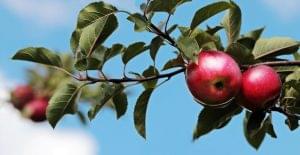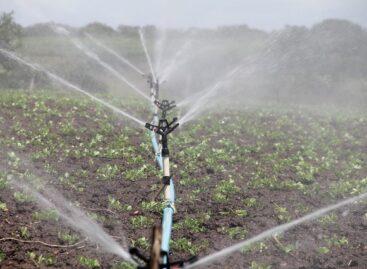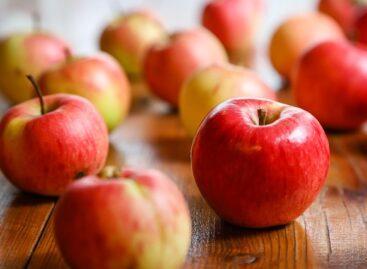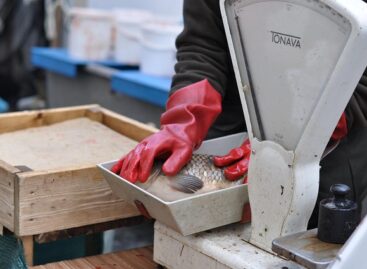A devastating prognosis: the weakest domestic apple harvest of the last ten years is expected
According to preliminary estimates, Hungary’s apple harvest will be only between 300,000 and 350,000 tons, after last year’s 520,000 tons.

The drought is also affecting domestic apple orchards (Photo: Pixabay)
In Hungary, an apple harvest of only 350,000 tons can be forecast this year, but it cannot be ruled out that – in the event of a less favorable than expected development of the factors that have a negative effect on the harvest – it will barely reach 300,000 tons. We last harvested a similarly weak crop due to drastic frost damage in 2007 (214,000 tons) and then in 2011 (300,000 tons). The reasons behind this year’s very poor crop are multifaceted and in some cases cannot be precisely identified. Already in the spring, during the flowering period, we noticed that the flowering in non-irrigated plantations with a more extensive cultivation system (typically MM106 or stronger rootstock) is poor, while in the intensive, irrigated plantations (which, however, is only a quarter of the Hungarian apple-growing area), the flowering is medium to good, depending on the variety degree of flowering. The reasons for the weak flower bud set and condition are difficult to decipher, but they are probably related to the drought last summer and autumn, while last year’s crop load was not high either: we harvested a weak medium crop (520 thousand tons). This spring, major frost damage avoided the apple orchards, although in the north-eastern part of the country, which accounts for ¾ of the apple-growing area, there were significant colds of minus 2-6 °C in the three days after Easter, i.e. the week before the beginning of flowering. As it turned out later, these night frosts did not primarily cause drastic and visible flower damage, but rather latently worsened fruit set and resulted in a very significant fall in June. These processes have probably already had a very significant, further negative impact – the significant lack of precipitation – which has practically lasted since last summer.
The yield is better on irrigated plantations
The combined result of the negative weather effects was that today we can only hope for a harvest of 300-350 thousand tons. It is a very important connection (which we have been experiencing for several years now) that even now the harvest in intensively cultivated, irrigated, high-tech plantations is generally satisfactory or good, while the harvest in more extensive, non-irrigated or lower-technological plantations is mostly poor. The distribution of the crop according to the direction of utilization can only be given in a relatively broad interval: according to our current estimate, only 170-190 thousand tons of this year’s crop can be juice apples for concentrate purposes, 20-40 thousand tons of industrial apples going to other processing industry segments, 100-120 thousand tons of eating apple. Currently, there is great uncertainty as to how much of the expected harvest will be edible and industrial apples, which can be traced back to several reasons.
Related news
Ministry of Agriculture: the government is giving priority support to the development of irrigation
🎧 Hallgasd a cikket: Lejátszás Szünet Folytatás Leállítás Nyelv: Auto…
Read more >Apples have become significantly more expensive in Hungary
🎧 Hallgasd a cikket: Lejátszás Szünet Folytatás Leállítás Nyelv: Auto…
Read more >Despite the drought, there will be no shortage of high-quality Hungarian fish
🎧 Hallgasd a cikket: Lejátszás Szünet Folytatás Leállítás Nyelv: Auto…
Read more >Related news
Christmas shock in commerce: for the first time, we can pay with bank cards in fewer places
🎧 Hallgasd a cikket: Lejátszás Szünet Folytatás Leállítás Nyelv: Auto…
Read more >Hungarian Confectionery Manufacturers Association: trends in 2025 and prospects for 2026
🎧 Hallgasd a cikket: Lejátszás Szünet Folytatás Leállítás Nyelv: Auto…
Read more >Most grocery chains will be open until noon on December 24th
🎧 Hallgasd a cikket: Lejátszás Szünet Folytatás Leállítás Nyelv: Auto…
Read more >






